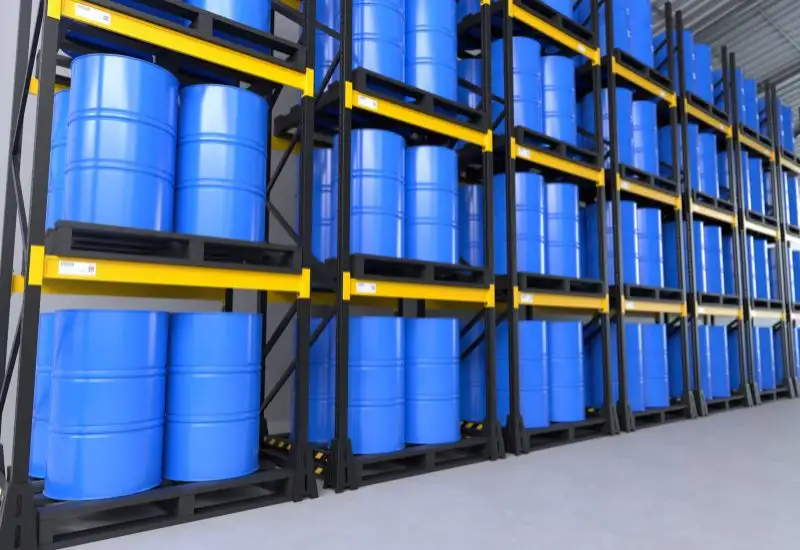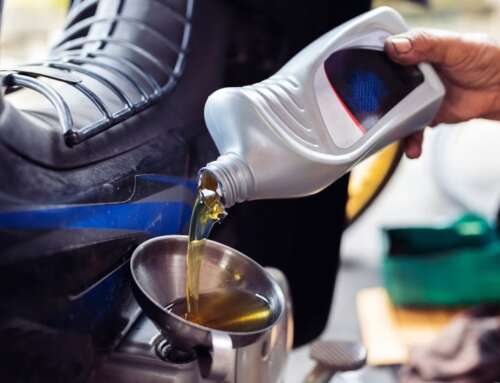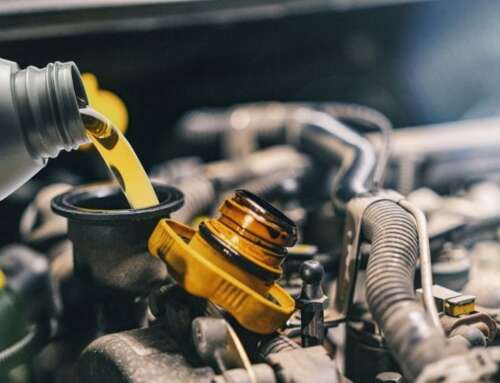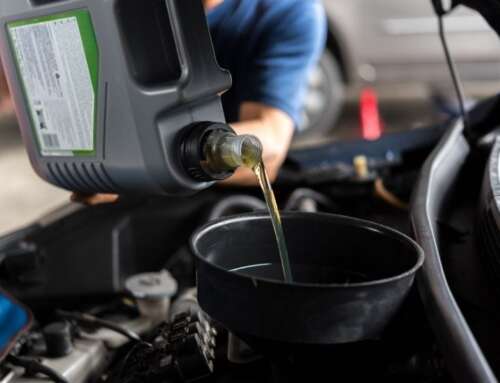Proper lubrication of your equipment is key to protecting your investments and maintaining productivity. But your lubricants are also a valuable investment. You risk your equipment and your lubricant if you’re handling, and storage practices are not what they should be. Securing, protecting, proper handling, and lubricant storage are all keys to getting the most value out of your bulk lubricant inventory. The good news is that there are tried, true, and proven ways to do this.
1. Bulk Lubricant Storage and Handling Best Practices
Best practices for storage and handling of bulk lubricants include, but are not limited to;
Documentation:
A good labeling system will save time and materials and is required by law.
Lubricant Storage:
Store lubricants in optimal containers and at optimal temperatures following the manufacturers guidance.
Maintain Quality Control:
Tracking the shelf life of lubricants should not be neglected.
Avoid Contamination:
Keep containers covered, sealed, and labeled to avoid contamination.
2. Spacious and Clean Storage Area
Your lubricant storage and handling room should be clean and organized with plenty of space to move and arrange your stock. Avoid over-stocking, stacking, and encroaching on necessary open space.
3. Develop Consistent Labeling and Handling Procedures
Every container should be properly labeled for contents, use-by dating, and designated application. Crews should be trained on proper handling procedures and consider the chain of custody documentation as well.
4. Store Lubricants in a Clean, Secure Environment
In addition to the design of your oil storage rooms, storage spaces, containers, and dispensing equipment should be cleaned and maintained regularly. Inspections and documentation may be advisable.
5. Establish Sampling and Analysis Procedures
Lubricants can be contaminated even before they reach your facility. Therefore, they should be tested for purity and quality before being put to use. Here at Inventory Express, we check every product we deliver. But we still recommend regular sampling and analysis on intake, and at regular intervals.
6. Establish New Oil Receiving Practices
In addition to sampling and analysis, good oil-receiving practices include proper labeling, container inspection, and cleaning. It also includes storage organization so that older containers get used before newer ones, not unlike products on supermarket shelves.
7. Use Precision Top-Ups, Drain, & Fills
After your bulk storage system is set up, you should develop a method for transporting and filling your machines. The best method uses an appropriate top-up container that is sealed, has an integrated spout, and a hand pump.
Bulk Lubrication Delivery to Your Business
Proper lubricant storage and handling are critical to your bottom line. Protect your investment with handling and storage that will keep your lubricant compliant, efficient and beneficial for your business. At Inventory Express, we can provide you with bulk delivery of lubricants and oil products to your business. We can go over best practices and offer a few tips that will help you protect your lubricant inventory and keep your equipment in peak condition. Contact us today to arrange for your bulk delivery.







